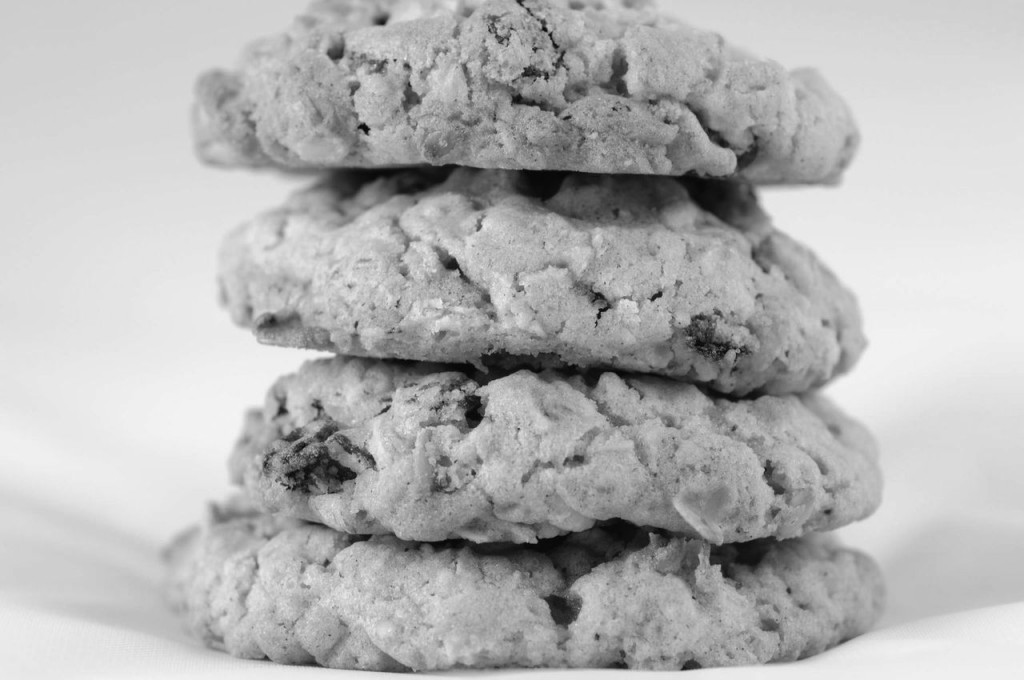How to tolerate food allergies and intolerances
By Lauren Paulsen, Contributor
“I’d die if I couldn’t eat that anymore.”
I can’t count how many times people have said this to me throughout the years. Funny, because for me, I really could die from eating the exact thing people say they would die without. It’s not the end of the world if you have to cut a few things out of your diet. I’d much prefer it to having to take a trip to the hospital.
Food intolerances are actually fairly common. They differ from food allergies because they don’t require the presence of Immunoglobulin E.
The most common food allergy people hear about are nuts, most notably peanuts. If someone allergic to peanuts comes into contact with them, it can end fatally. That’s got to be scary, because people without food allergies don’t tend to think about what they touch and “contaminate” with the food residue on their fingers. Not that I’m blaming anyone—it’s just not something everyone considers.
I have a long list of foods that I cannot eat, so much so, that I find it easier to tell people what I can eat instead of what I cannot eat. We rarely have guests over for dinner because both my brother and mother also have food sensitivities. When we do have people over, however, I have to constantly watch them in case they accidentally cross-contaminate the food. Even the tiniest speck, one so small you’d need a microscope to see it, can send me to the hospital, depending on what it is. This is because the cells in my body see it as foreign matter and try to dispose of it. Unfortunately, that can do serious damage to the body.
Fortunately for me, coming into contact with the foods I have problems with doesn’t send me into anaphylactic shock, because mine is an intolerance, not an allergy. I just feel like nails are going through my digestive tract. That means it would take a whole lot of eating something I have an intolerance to before I will die, but for those who would go into anaphylactic shock, death is a possibility every time they come into contact with what they are allergic to.
So what’s up with this? Why do our bodies attack the very thing we need to survive? In my case, it is because a certain type of white blood cell has instructions that tell it the foods are enemies. It is also similar for true food allergies, but in this case, certain proteins that are resistant to digestion are ”tagged” by the Immunoglobulin E, making the immune system think it is harmful.
Luckily for us that can’t eat certain foods, more and more varied cookbooks are being published. Some of the best ones my family has found include 1,000 Gluten-Free Recipes by Carol Fenster, a giant book for those who can’t have gluten; and Cooking Free, also by Carol Fenster, which has recipes that are free of wheat, eggs, dairy, and sugar. For those who can’t have corn—which is in almost everything— there’s a blog, Corn-Free Foods (& Products) List, dedicated to telling you what brands are corn-free and which aren’t. Those are only a few resources; there are many more books and websites with recipes and cooking tips for people with food intolerances, sensitivities, and allergies. For example, did you know an egg can be replaced with one tablespoon of ground flax seed simmered in three tablespoons of water? Now you do!
Having food sensitivities, intolerances, and allergies means saying no to certain items, but it doesn’t mean you have to miss out on everything delicious. Here is a great oatmeal cookie recipe that I use that is wheat, dairy, corn, and egg free:
Ingredients:
– 1/2 cup brown sugar
– 1 cup oat flour*
– 1 and a 1/4 cup oats, rolled*
– 1/2 cup chocolate chips (mine are a special brand, but you can use any medium you want, like raisins or nuts)
– 1/3 cup canola oil (canola oil is the only type I can use, but any type will do)
– 1/2 tsp baking soda (gluten-free brand)
– 1/4 tsp sea salt (table salt has iodine, which contains corn)
– 1/2 banana (this helps bind the cookies since it’s egg-free)
Directions:
Mash the banana. Mix remaining ingredients thoroughly until batter is even. Drop batter by teaspoon full onto greased baking sheets, allowing space for drops to expand. Bake at 375 F for eight to 10 minutes, or until golden. Let cool five minutes on baking sheet before carefully transferring to wire racks.
*Note: A good gluten-free brand is Lara’s Oats and Lara’s Oat Flour.



